Visiting The Museum of Cosmonautics in Moscow is one of the things that I recommend doing if you are in Moscow. Russia, and before it, the Soviet Union, has a very long, and proud, history of space exploration. If you have even just a little interest in the cosmos or in engineering, then I guarantee you that you will love visiting this museum. I spent three hours at the museum and probably could have spent even longer.
Getting There
The easiest way to get to the museum, and anywhere in Moscow for that matter, is to use the underground metro system. You want to use the orange line, number 6, and go to the VDNKh station. From here, you can easily walk to the museum. Just look for the tall, metallic monument of a rocket – it’s supposed to resemble a rocket during take off.
The museum has a numbered set of halls or areas, probably to make it easier to navigate the museum. I am pretty sure I didn’t do it this way and took many ‘wrong’ turns. I will describe some of the different types of items and exhibits in the museum.
Space Stations – Soyuz
On 14th January 1969, the Soyuz 4 spacecraft was launched from the Baikoner Cosmodrome in Kazakhstan. The next day, the Soyuz 5 spacecraft was launched. The two craft would dock on the 16th January, the firs time any craft would dock together and the crew transferred from Soyuz 5 to Soyuz 4.
Space Stations – MIR
MIR was a space station which operated from 1986 until 2001. It was the first modular space station and was continuously inhabited for 3644 days – a total which was broken by the ISS in October 2010. In total, the station was occupied for 4592 days out of its 5510 days life. The station also holds the record for the single longest flight in space – that of Valeri Polyakov who spent 437 days on the station in 1994-5.
Space Stations – ISS
The International Space Station (ISS) was launched in 1998 and has been continuously inhabited since 2nd November 2000, the longest continuous human presence in low earth orbit. The station is expected to be used until 2028 and to date astronauts and tourists from 18 different countries have visited the station.
Satellites and Rockets
The automated inter-planetary Mars-1 station was launched on 1st November 1962. It was the first probe to be sent to Mars. The model in the museum is in 1:3 scale.
The third Earth satellite was the first ever automated space station and was launched from the Baikonur cosmodrome on 15th May 1958, remaining in orbit until 6th April 1960.
Everyone will have heard of Sputnik. Sputnik 1 was the first artificial item to make it into orbit on 4th October 1957. The satellite was 58 cm in diameter and orbited the Earth every 96 minutes until it burned up reentering the atmosphere on 4th January 1958.
On 19th August 1960, the dogs Belka and Strelka, along with a rabbit, 42 mice. 2 rats, flies and plants were launched into space on board Korabl-Sputnik 2. They spent a day in orbit before all returning to Earth safely. One amusing story is that Strelka would go on to have multiple puppies, one of which was presented to JFK as a gift by Nikita Khrushchev in 1961.
The RD-214 was a liquid rocket engine designed between 1952-1957. It was influenced by the V2 rockets from the 2nd World War. If you are a bit of a geek, you will like some of the figures regarding the engine: it weighed 645kg (755kg including fuel) and it was 2.38 metres tall and 1.5 metres in diameter.
The Flying Laboratory IL-76 was used to train astronauts in zero-g conditions. The aircraft was able to simulate 10-15 cycles of zero-g, each one lasting between 25-30 seconds.
Yuri Gagarin was launched into space using a Vostok launch rocket.
The Baikonur cosmodrome in Kazakhstan is where many of the ‘firsts’ in space exploration happened. It is from here that Yuri Gagarin launched into orbit. The site is still in use and is currently leased to Russia. There is a 1:72 model of the site with a Soyuz launch rocket.
Spacesuits
There are a number of spacesuits and uniforms on display in the museum, including the very first suit ever used in outer space, the Berkut which means golden eagle. On 18th March 1965, Alexei Leonov made the first exit from a ship into outer space. In total he was exposed for 24 minutes 12 seconds. The suit weighed 20kg and the backpack an additional 21kg and had enough oxygen for 45 minutes life support. I can’t imagine it was very comfortable or allowed much freedom of movement.
On 21st July 1969, Neil Armstrong and Edwin ‘Buzz’ Aldrin walked on the moon. With them on their mission was a 3rd astronaut, Michael Collins. His suit was donated to the museum by its designer.
The Moon
On 3rd February 1966, Luna 9 made the first ever soft landing on the moon in the Ocean of Storms. There is a 1:1 scale of the station in the museum.
On 20th September 1970, the unmanned Luna 16 landed on the moon in the Sea of Fertility. 105kg of lunar soil was collected and returned to Earth via the return capsule. The capsule landed on 24th September in Kazakhstan. This was the first time that soil samples were brought back from the moon in an automated mission.
People in Space
Space Food
The museum has a relatively basic cafe where you can grab a coffee and a snack or just to sit for a while. If you are feeling adventurous, you can even sample some astronaut food.
When To Visit
The Museum is closed on Monday and is open from 10:00 to 19:00 everyday apart from Thursday and Saturday, when it is open to 21:00. Museums in Russia have some quirky free days and in this museums case, that is on the third Sunday of every month. I have no idea why it is so specific but there you go! I would advise going early. Even when i visited in early January, it took 1 hour to get to the front of the queue. Some of this is probably related to the holiday time but, when visiting the museum of cosmonautics in Moscow, in January, you really don’t want to be standing still, believe me!

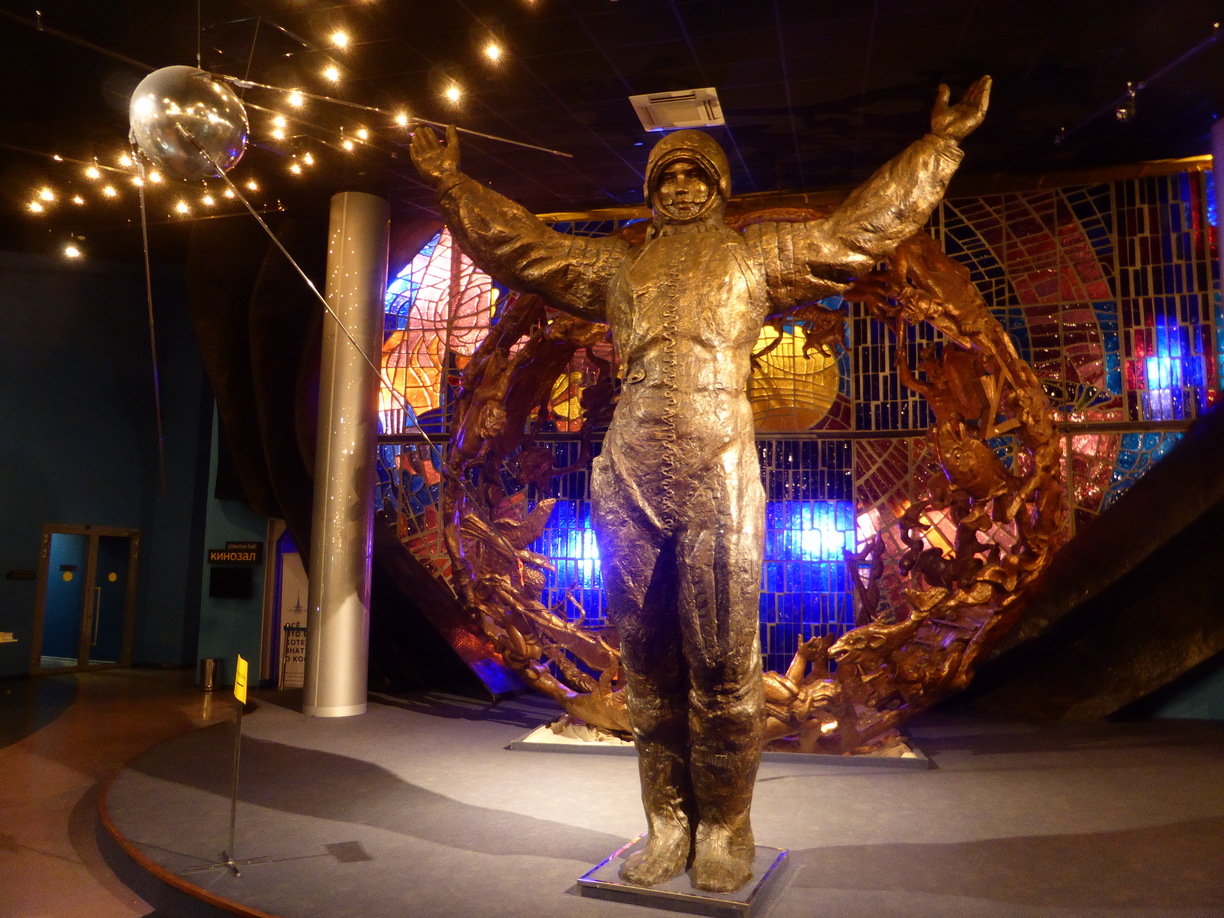
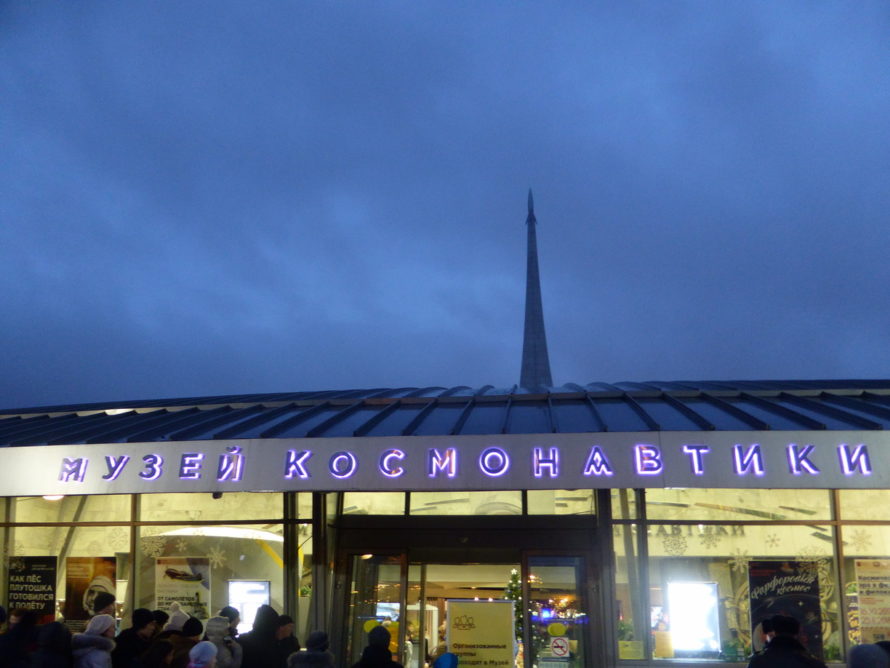
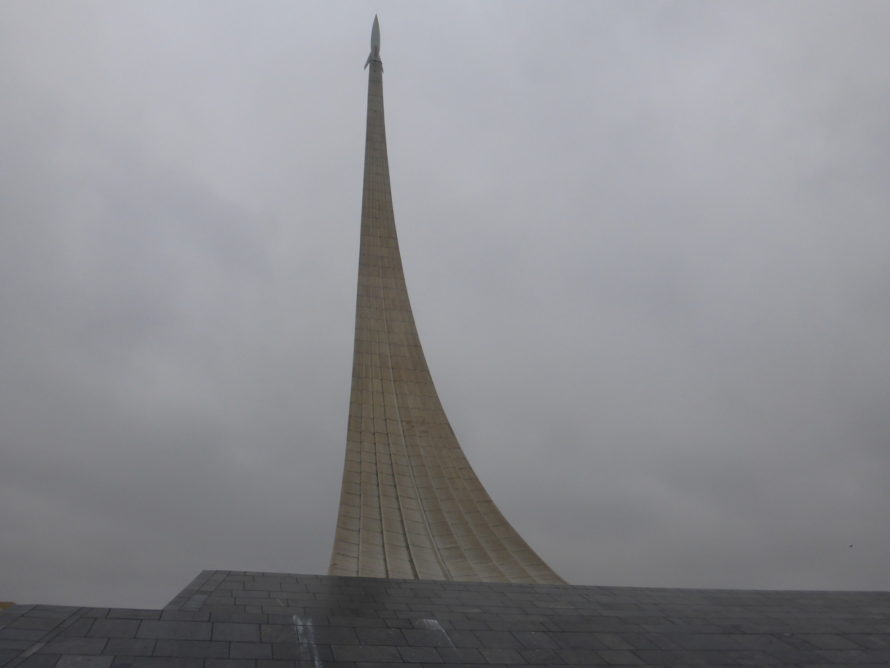
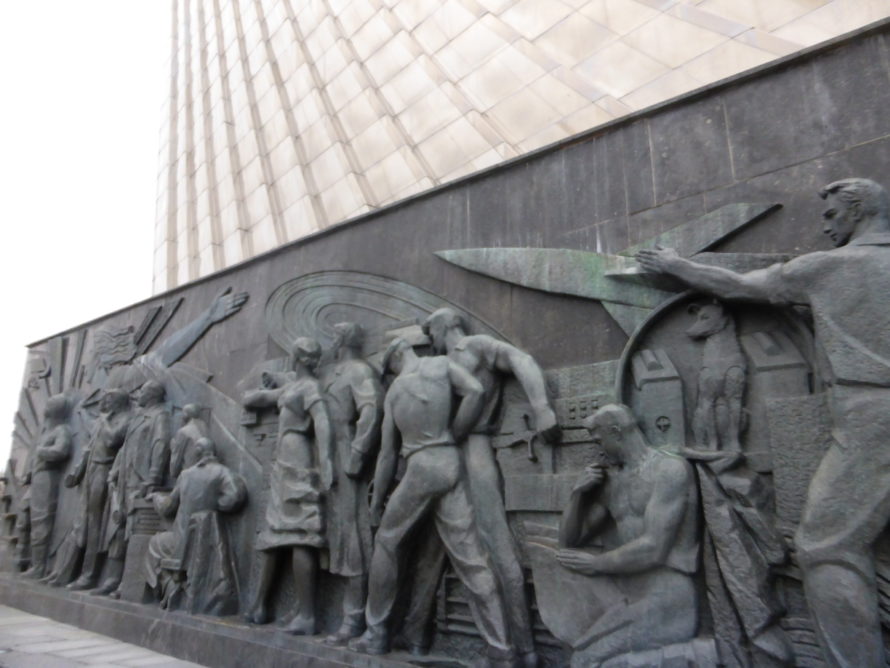
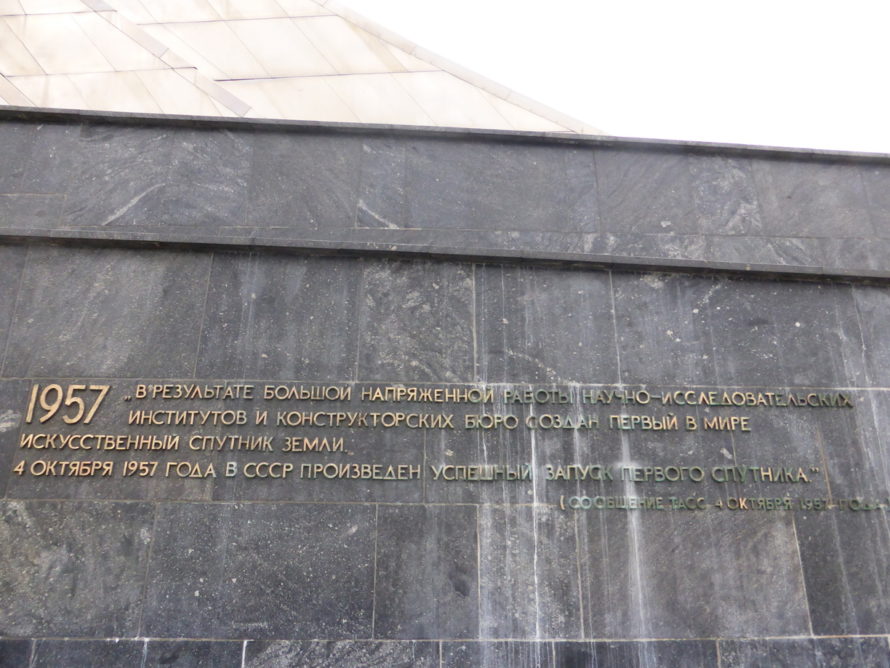
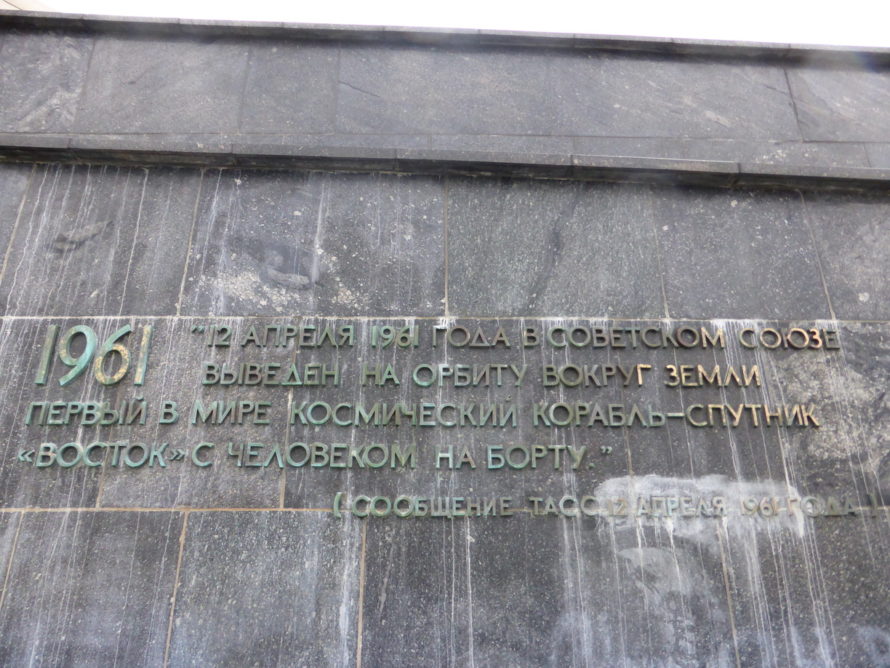
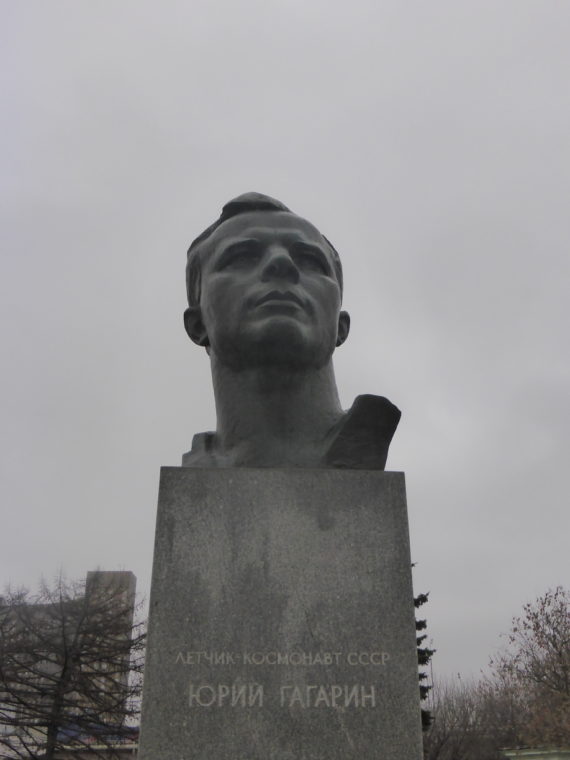
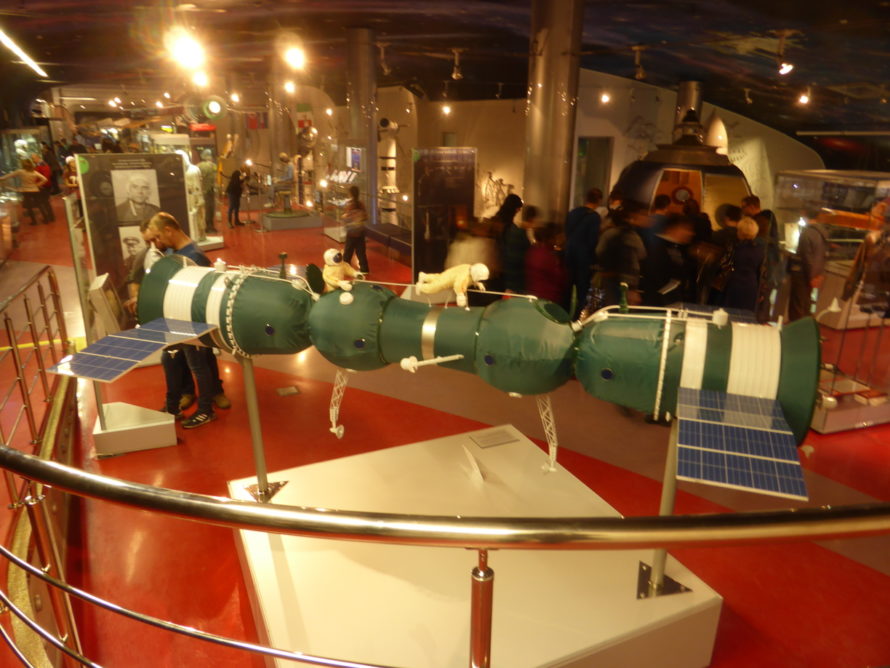
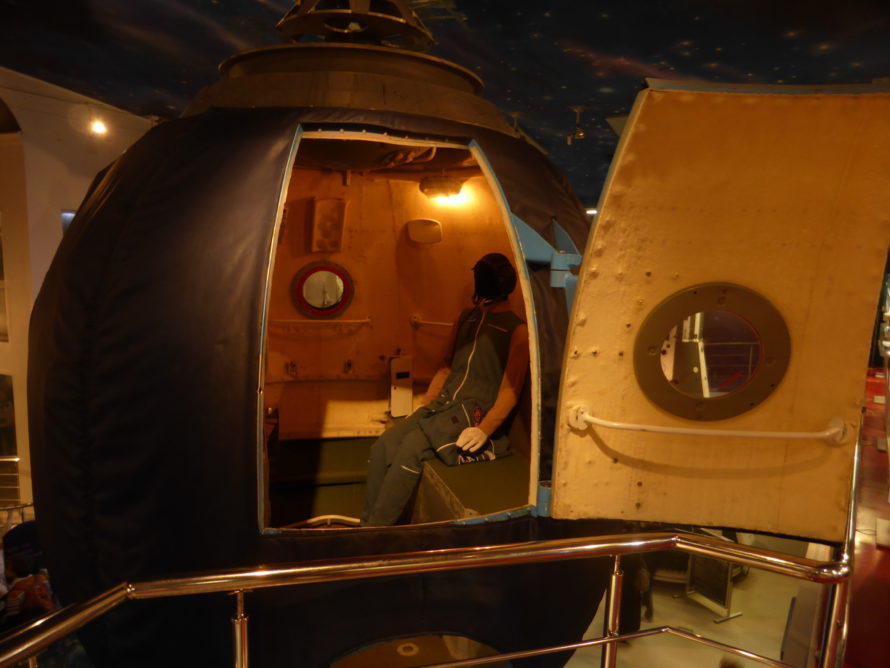
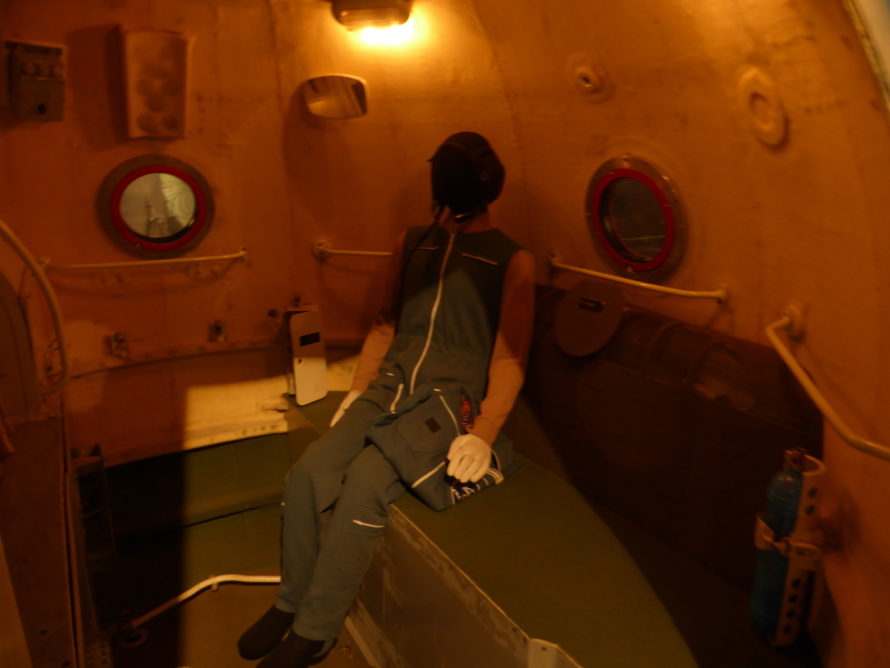
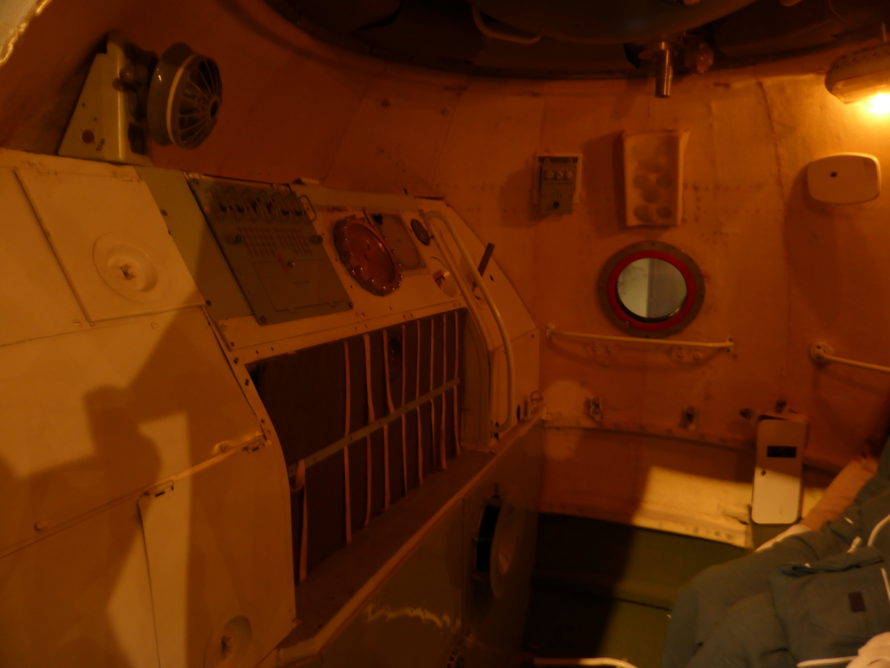
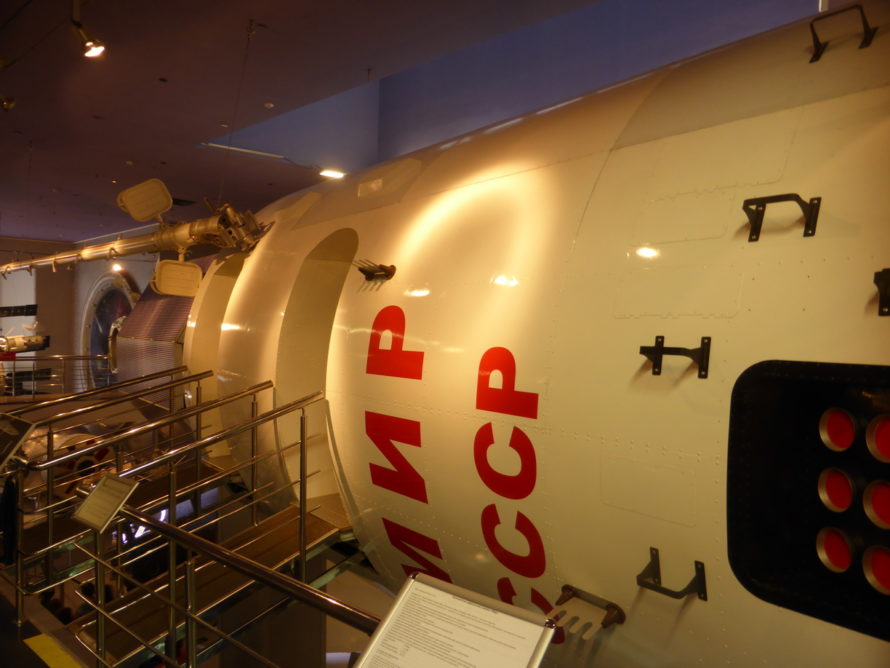
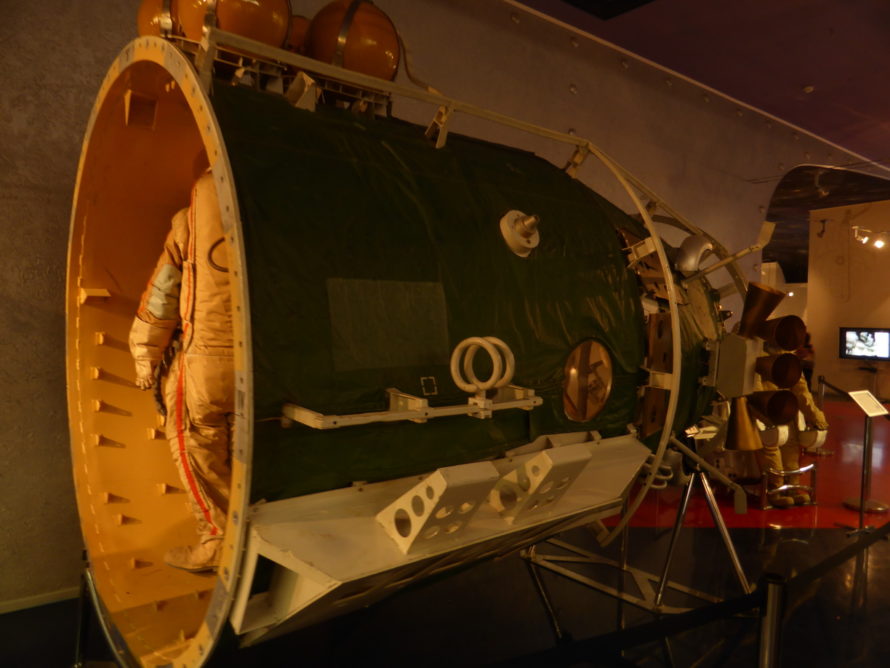
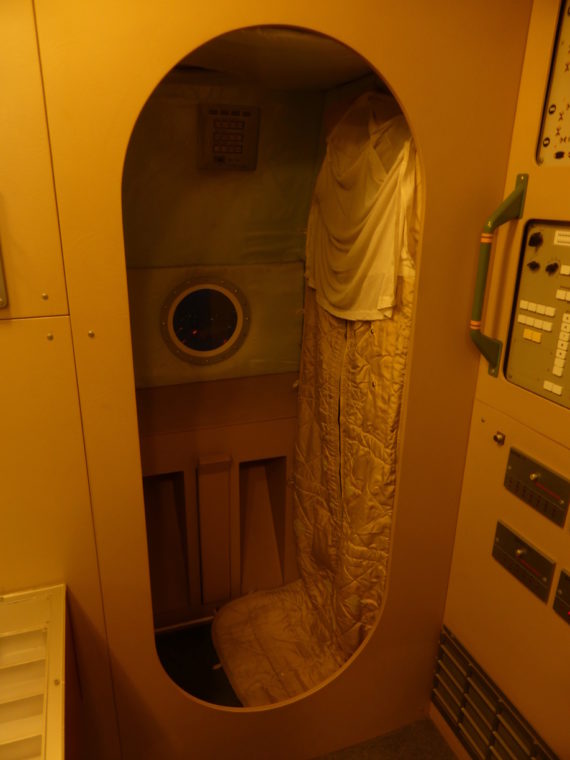
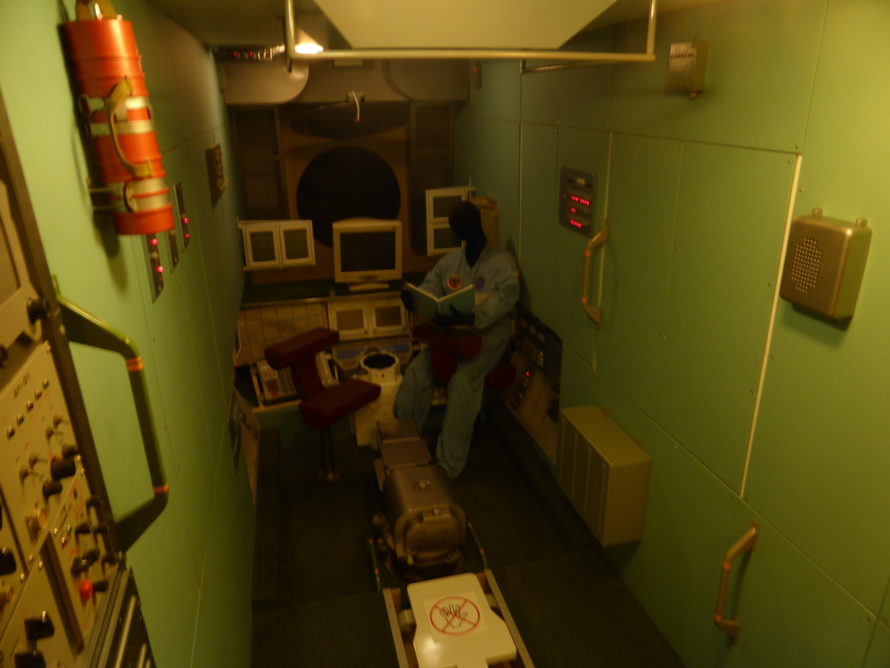
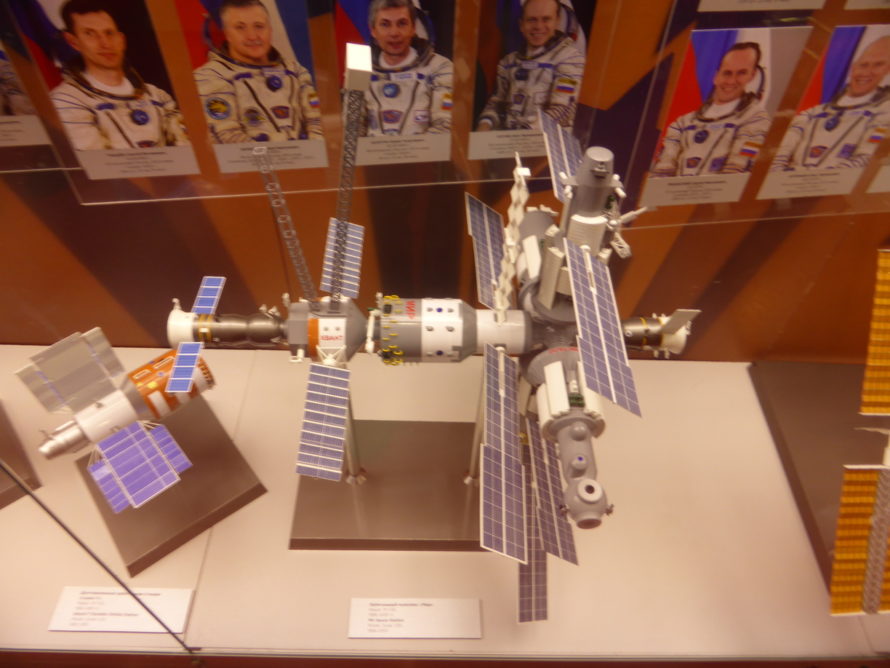
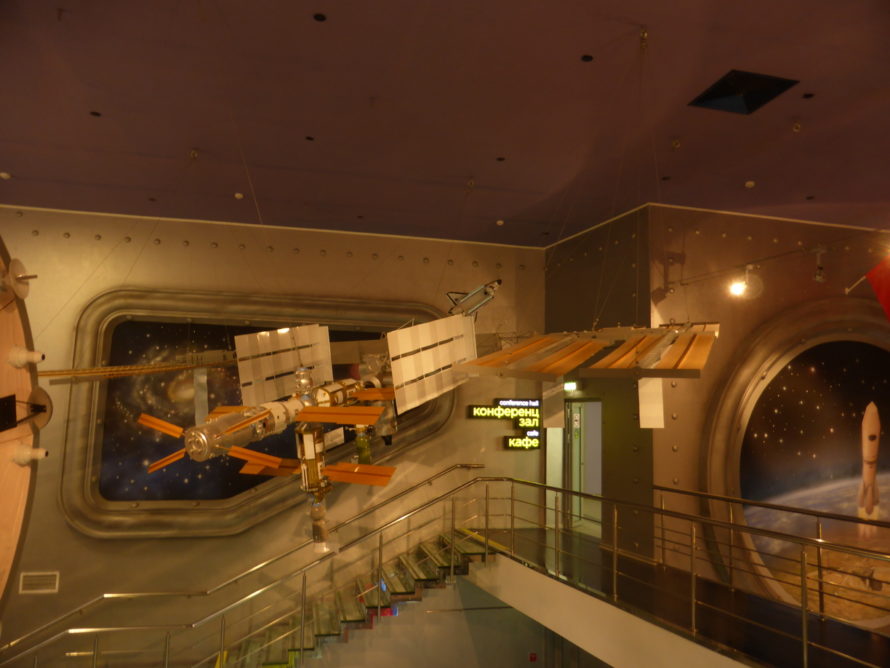
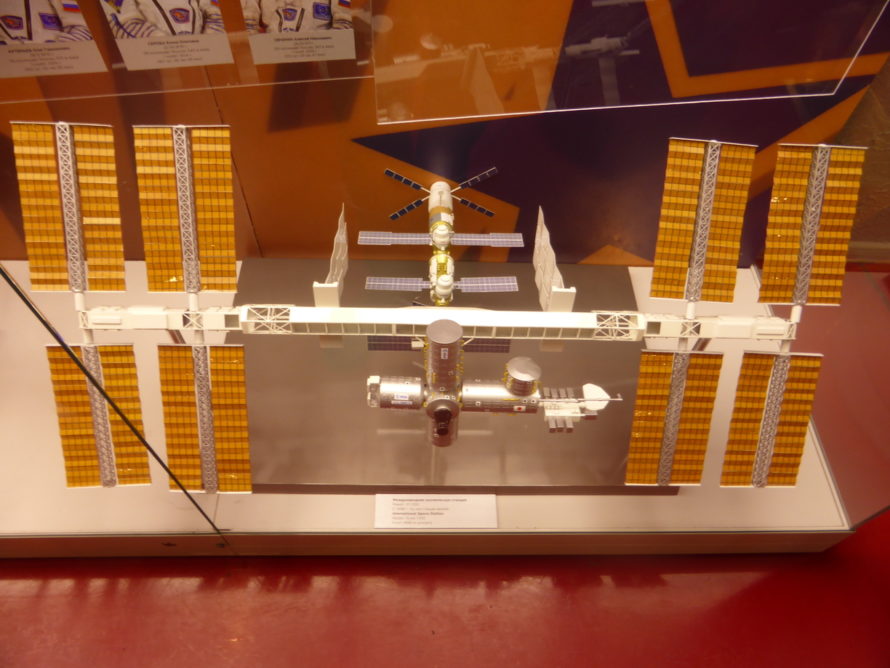
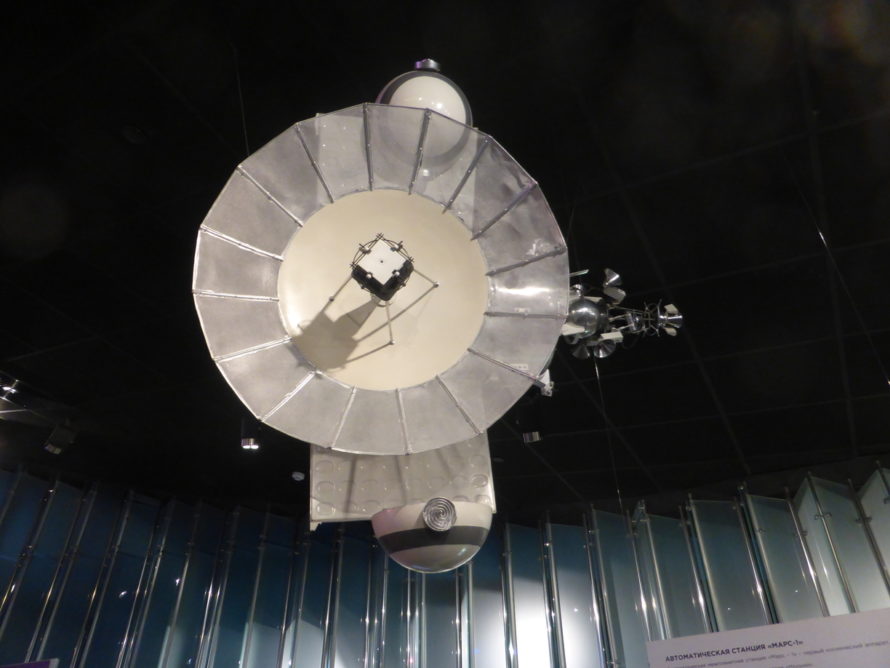
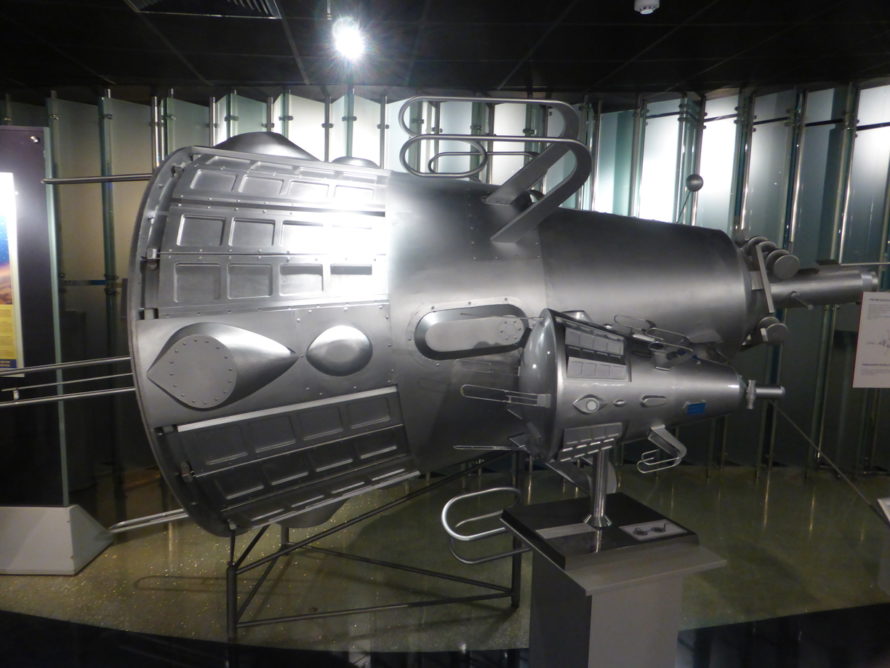
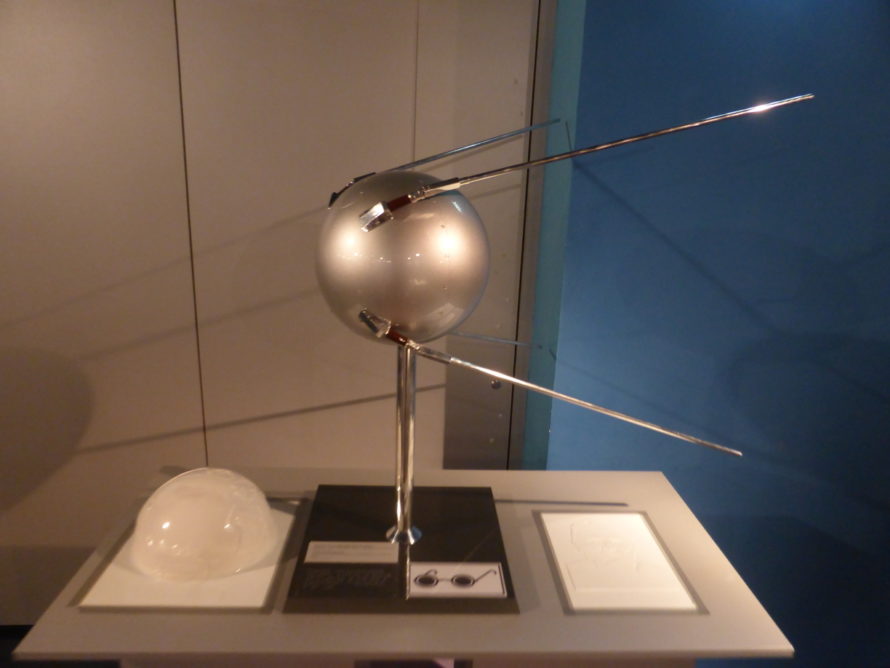
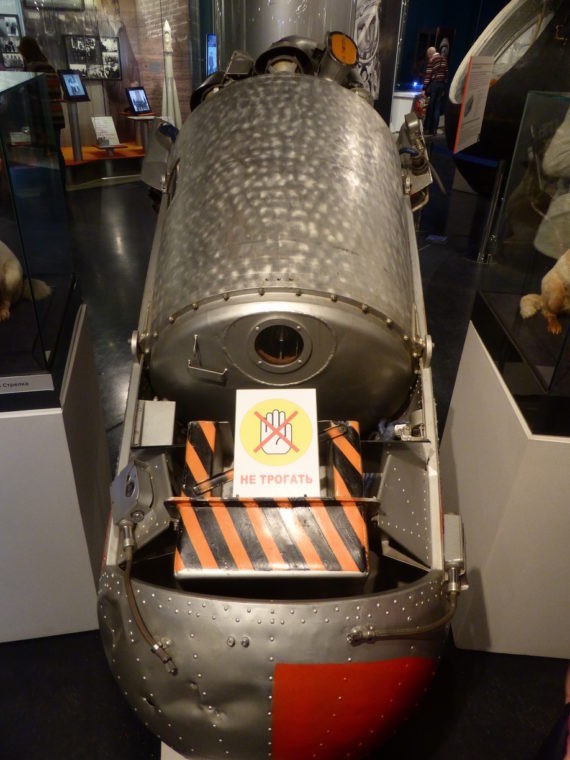
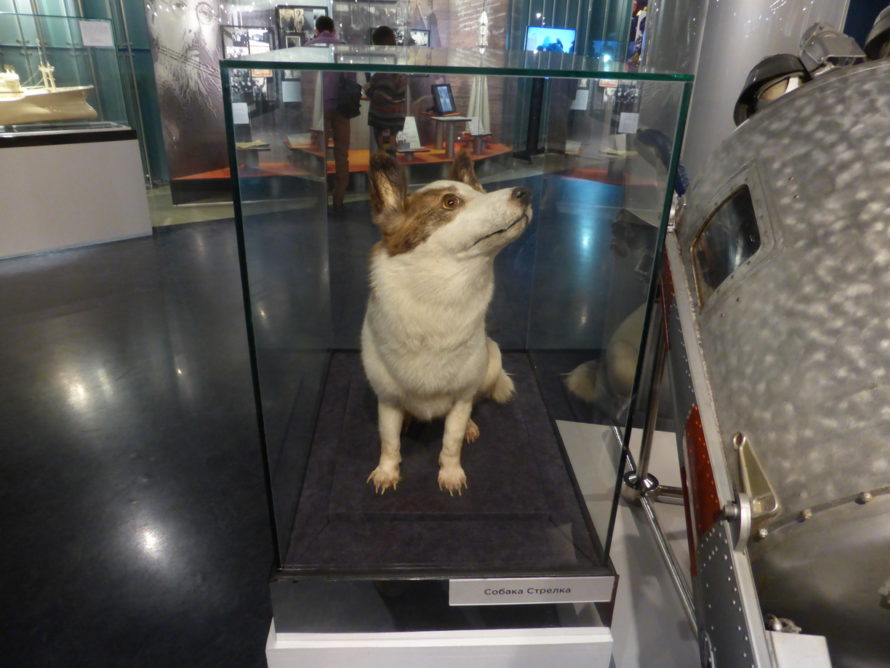
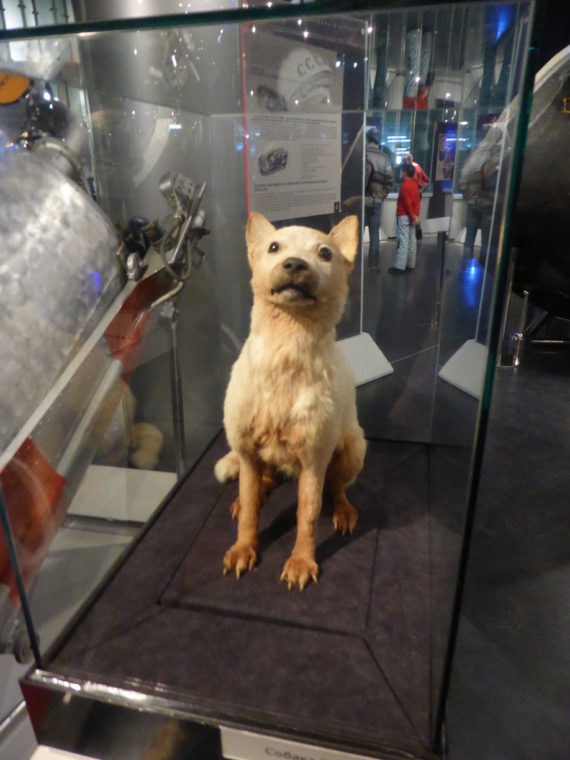
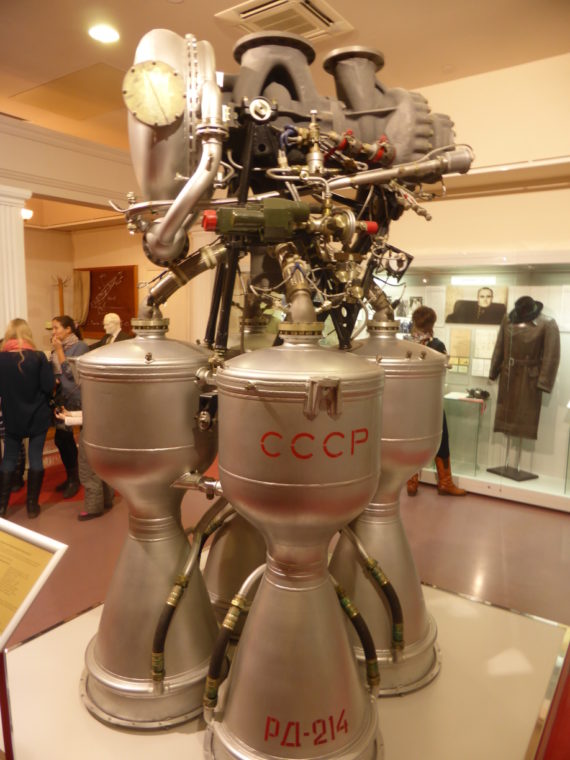
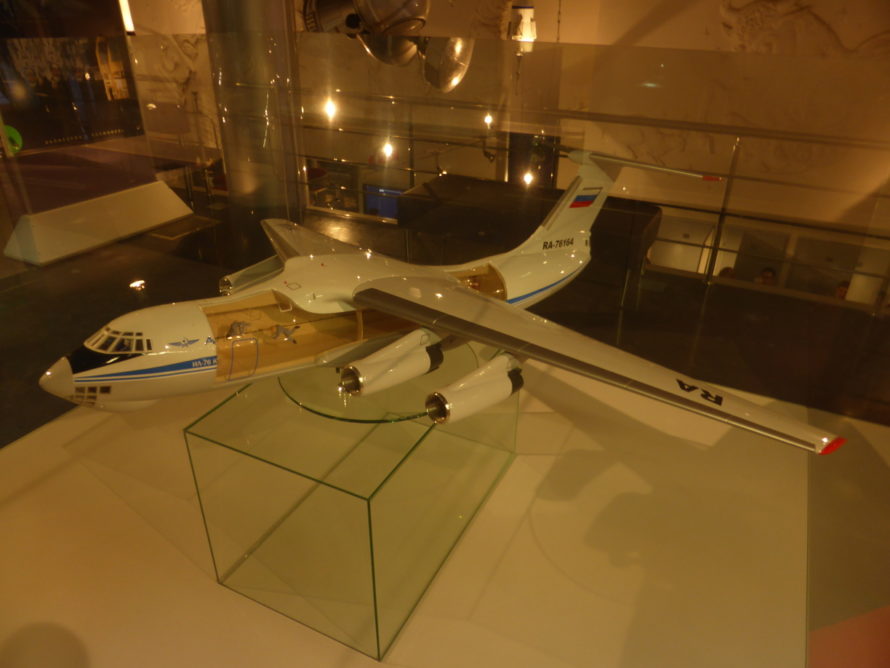
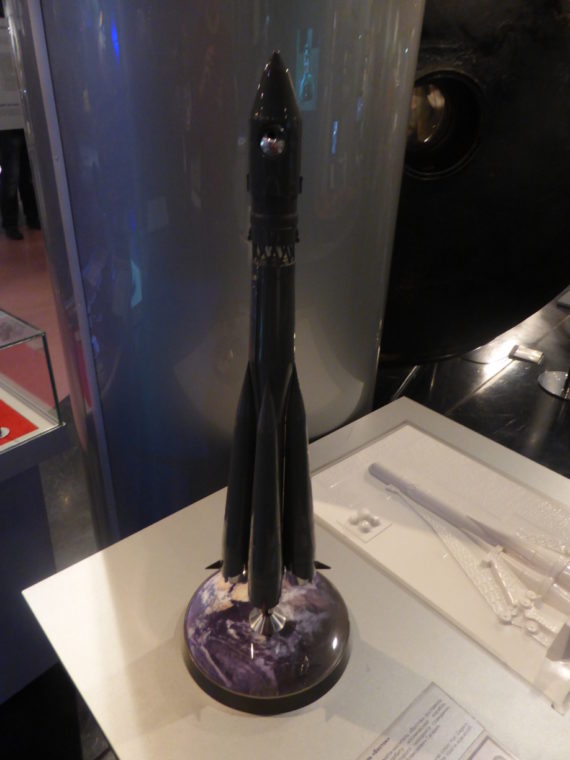
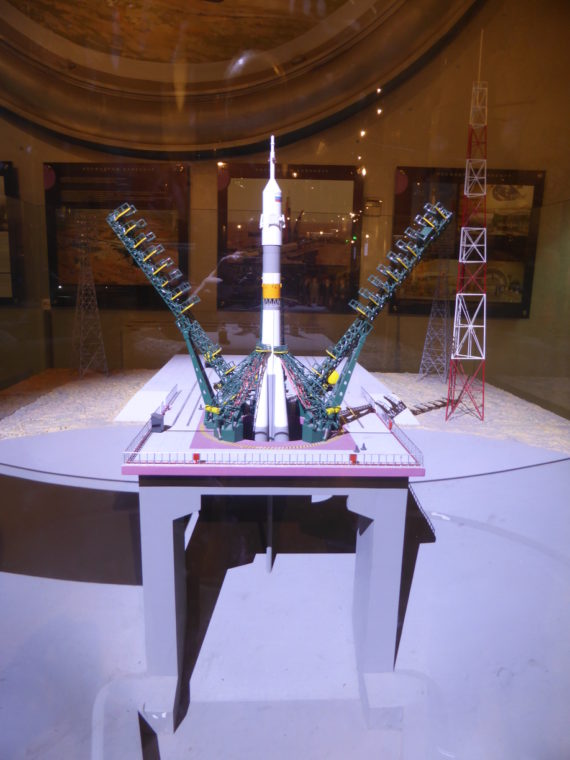
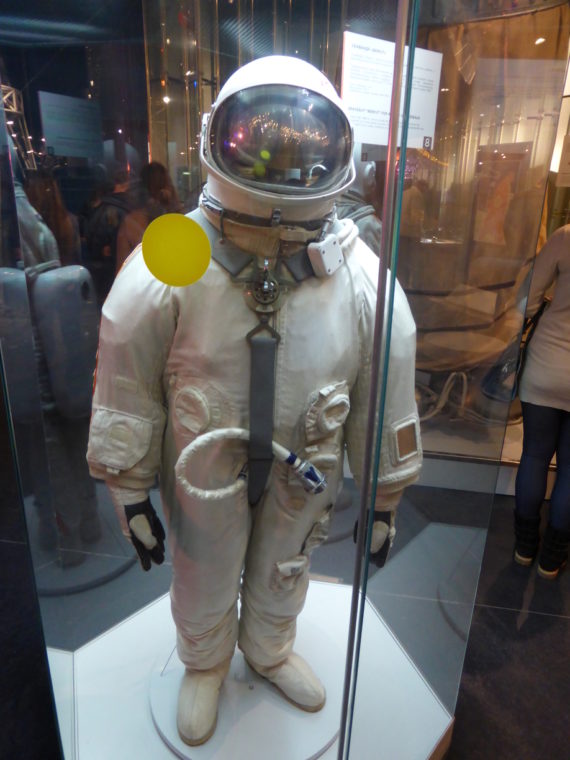
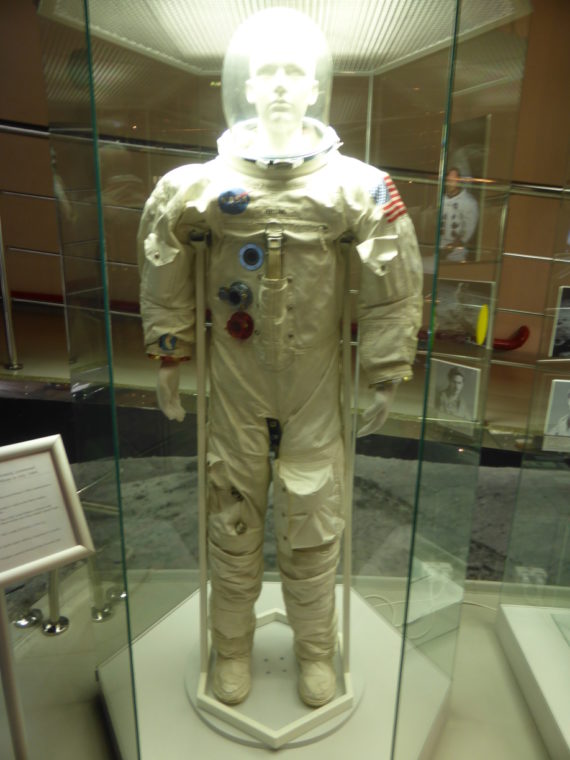
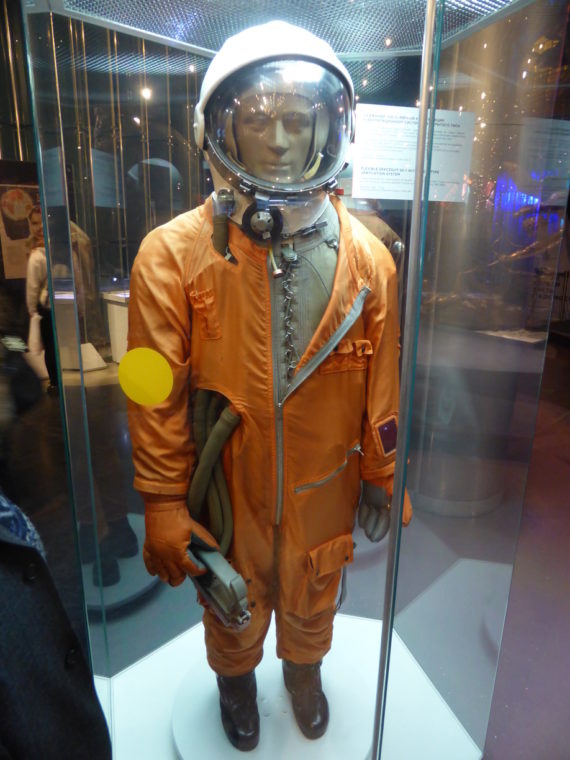
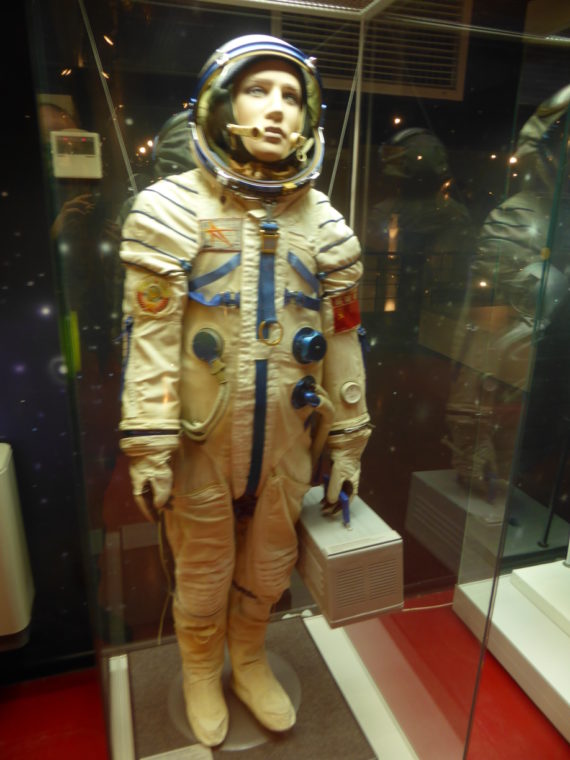
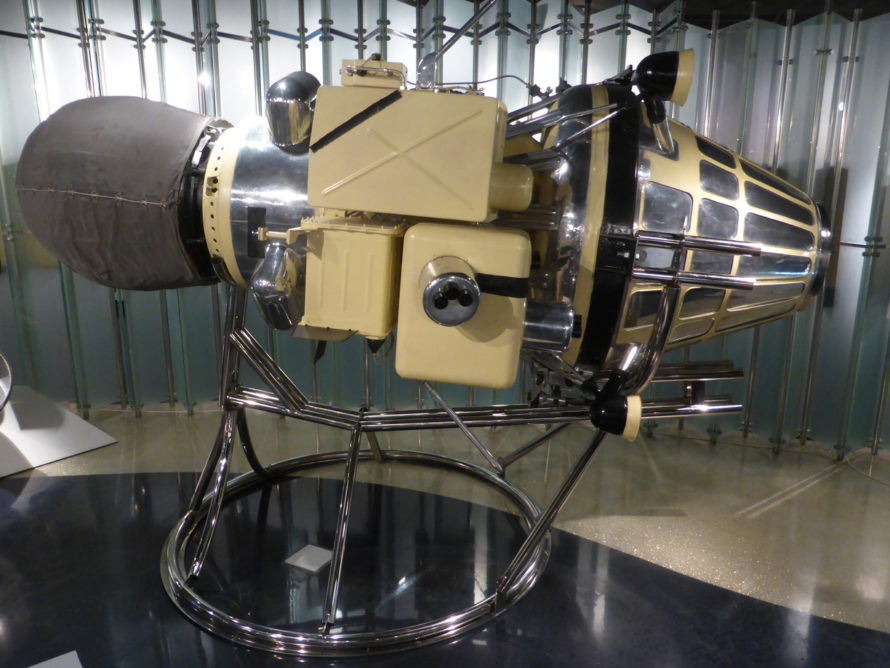
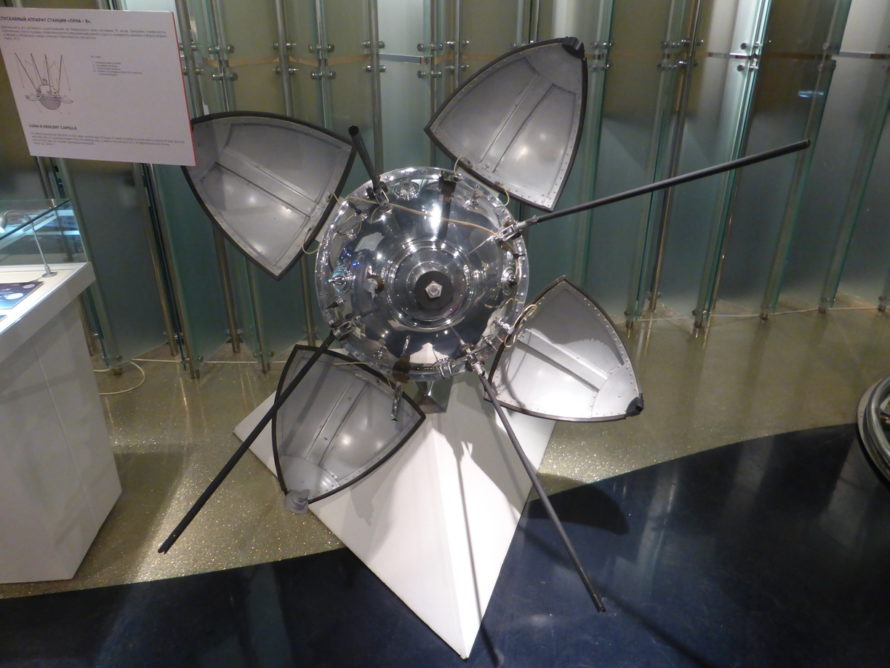
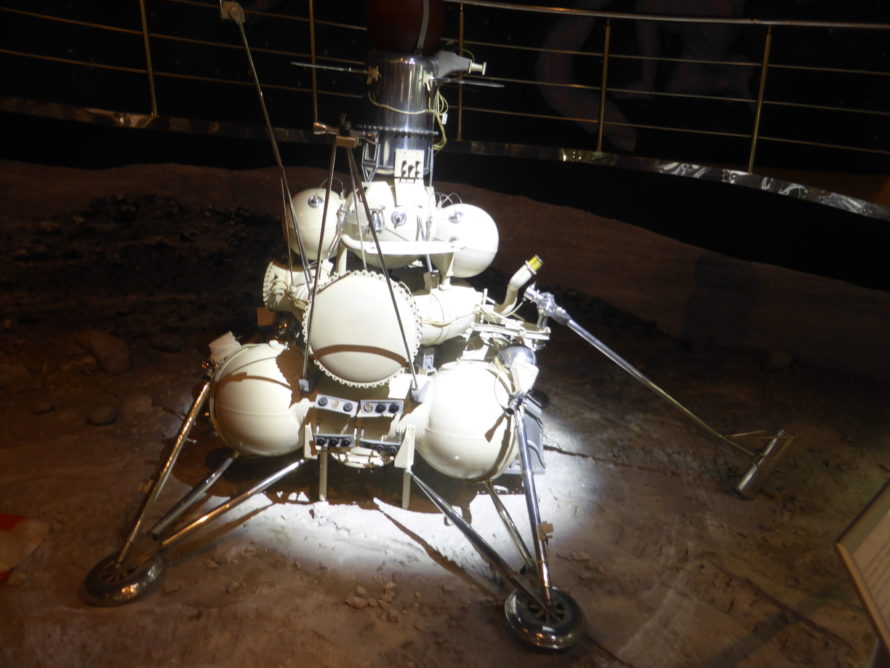
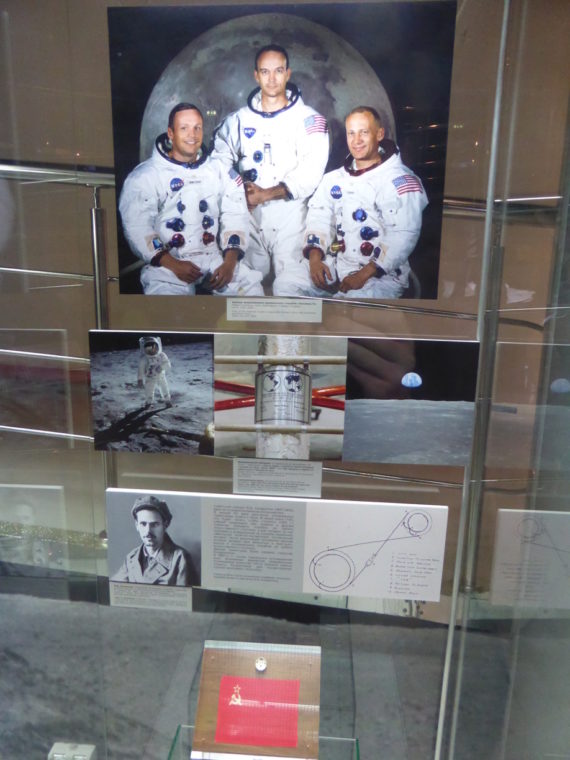
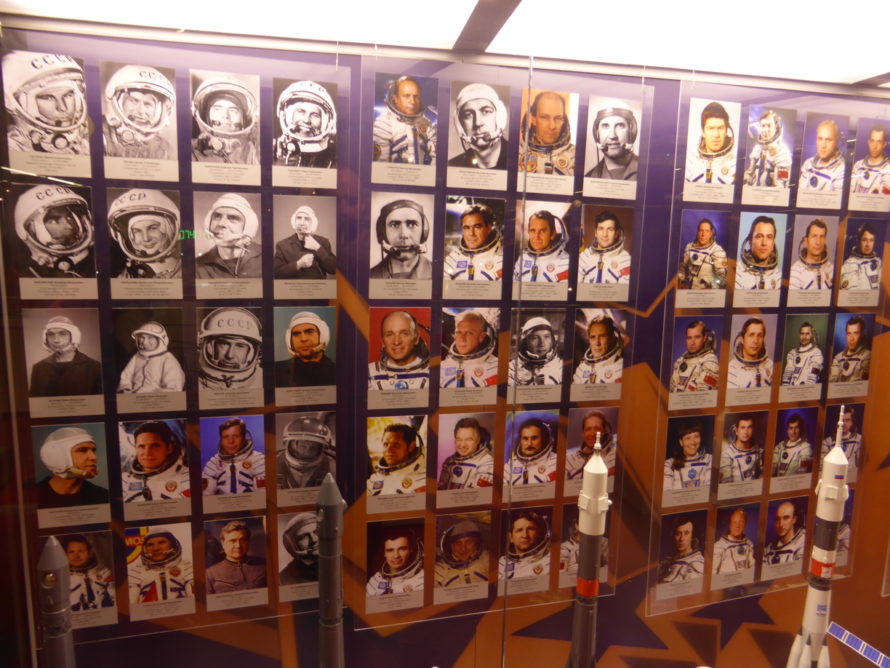
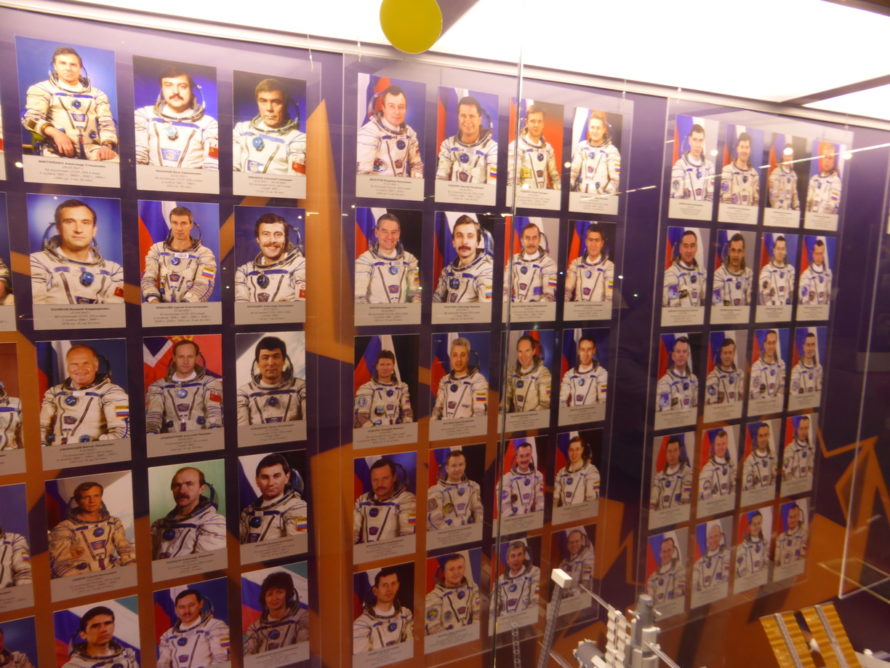
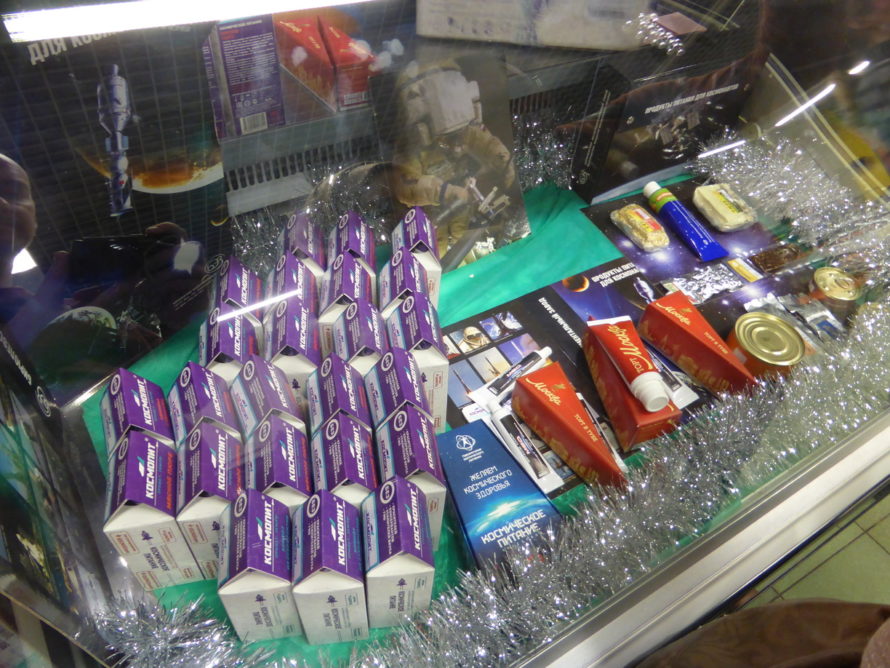
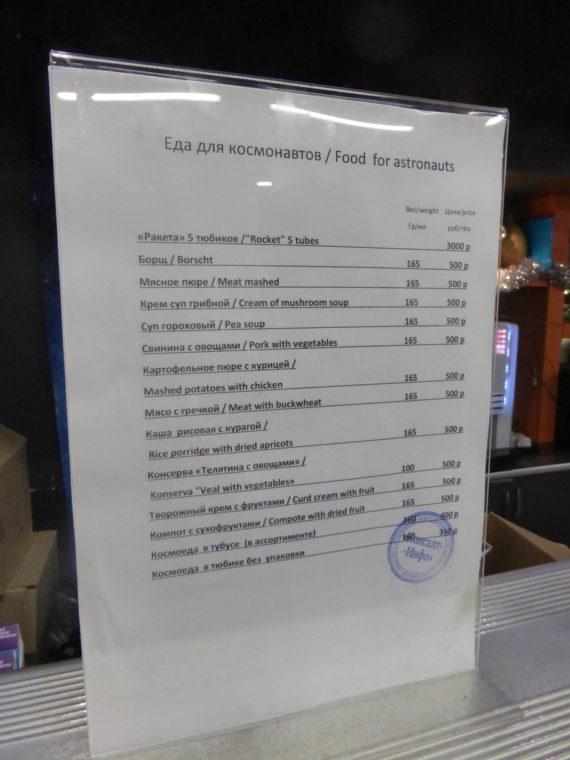

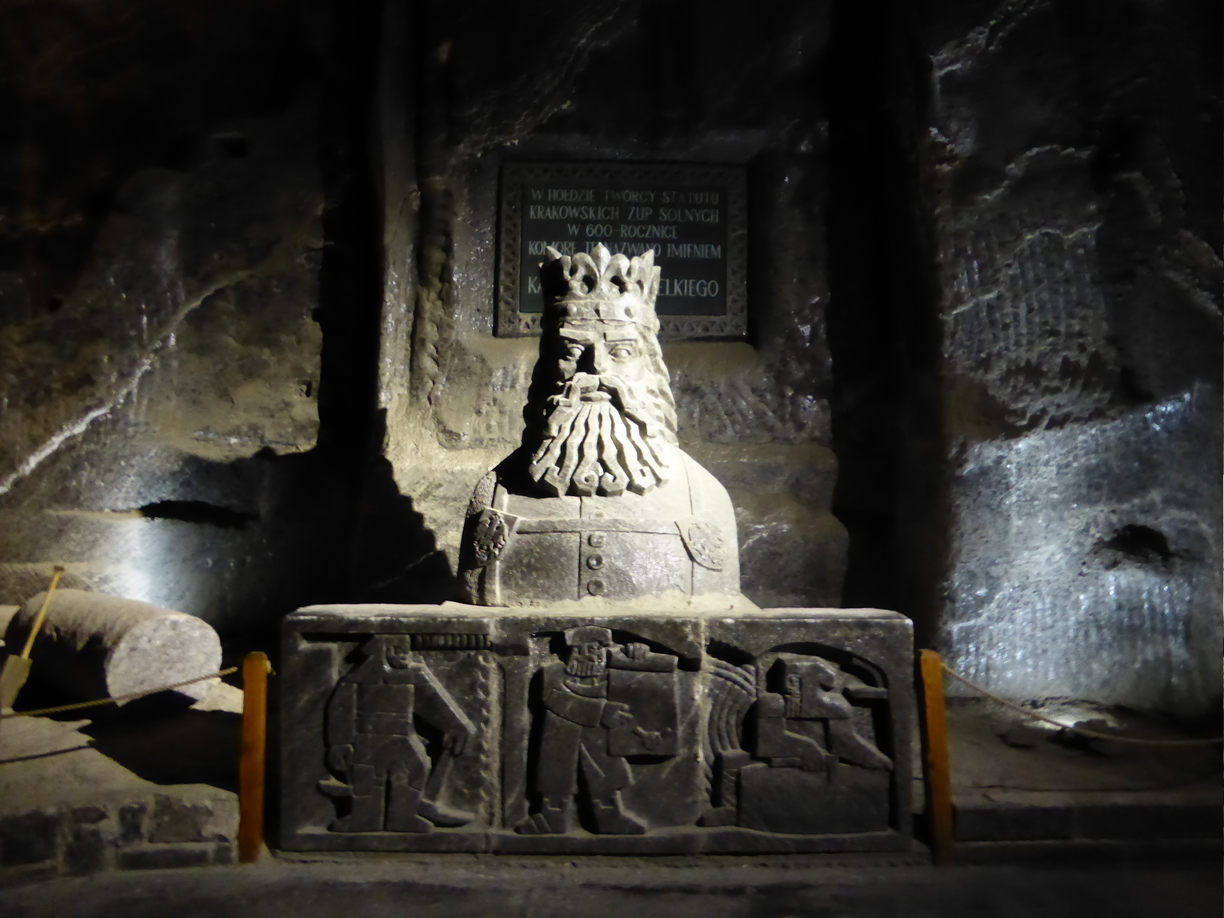
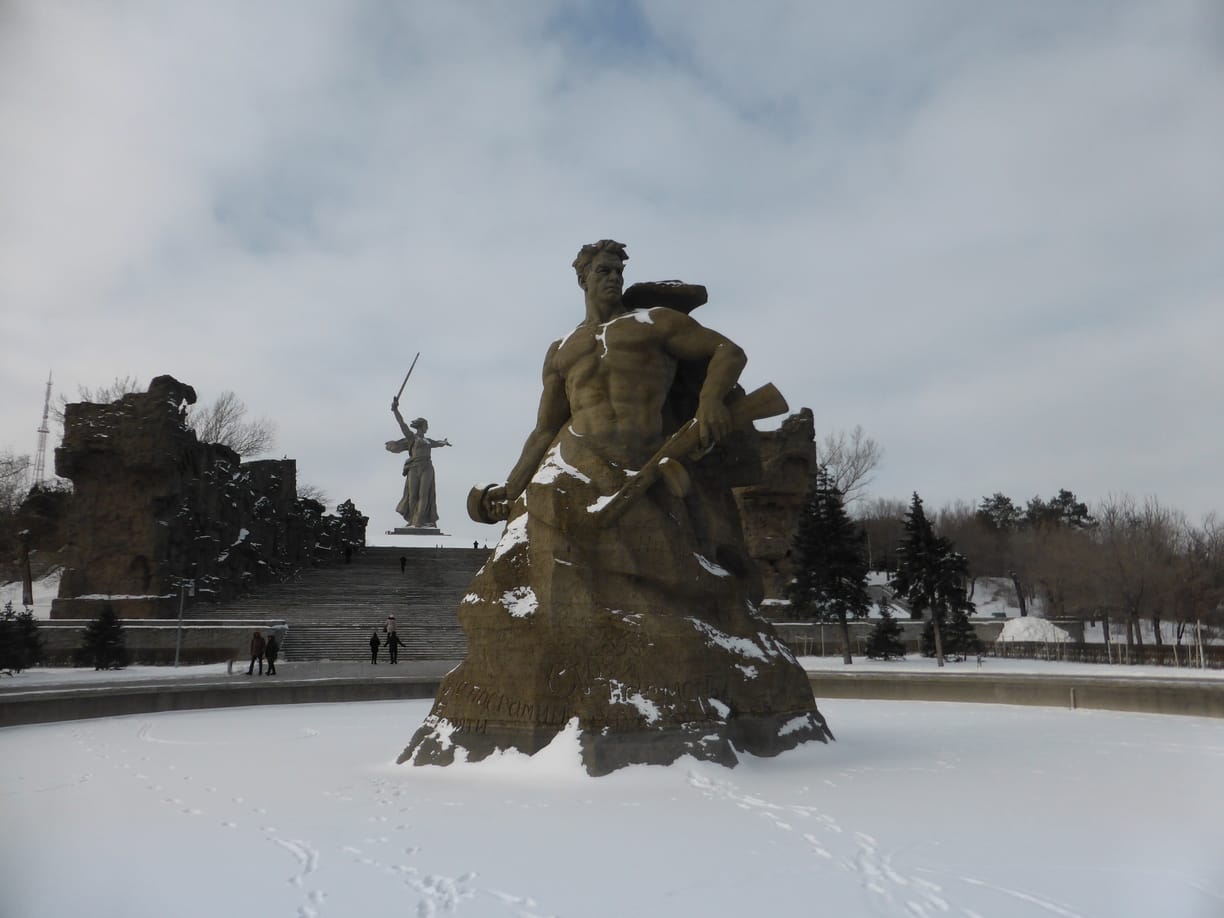
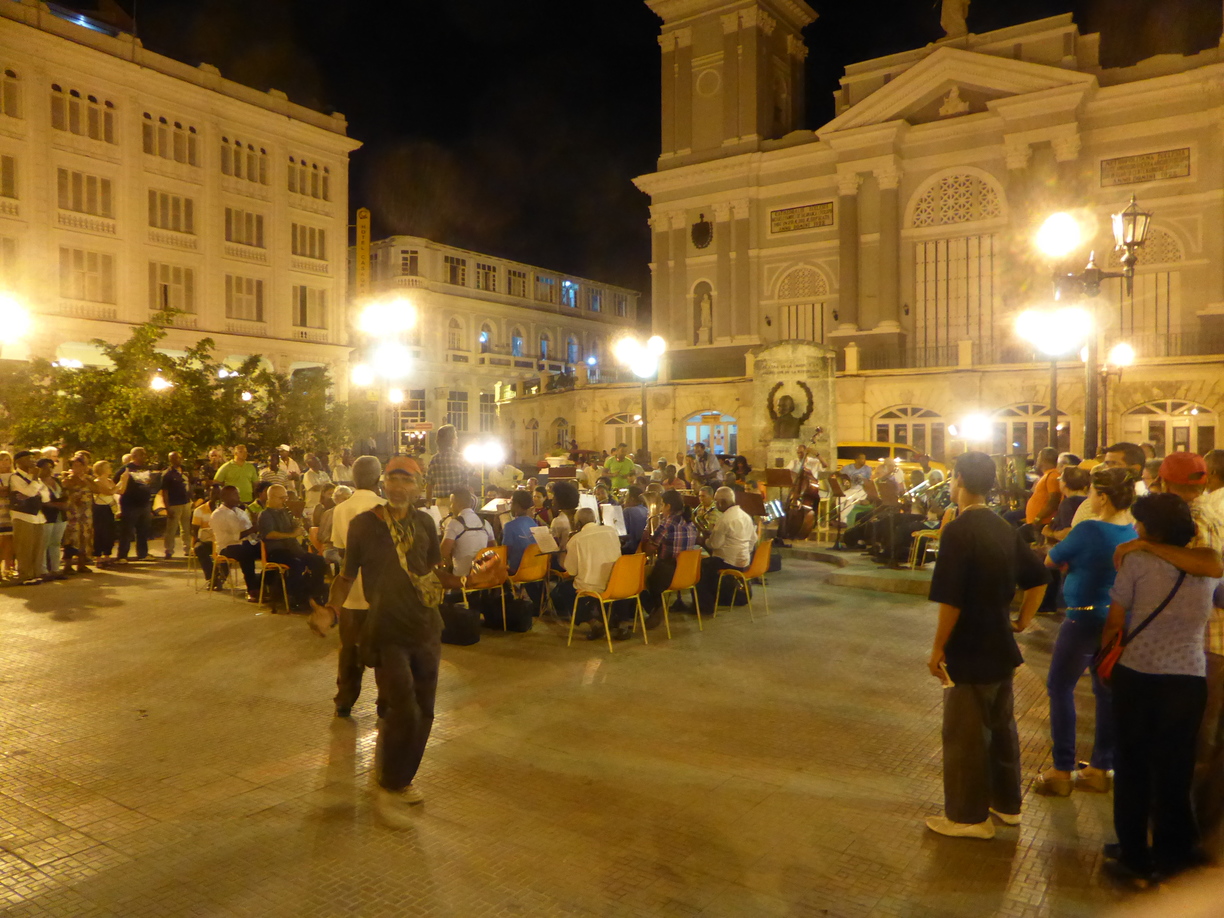
17 Comments
Jas
April 29, 2018 at 20:25What a cool experience!!!!! I’m totally adding this to my bucket list for when I visit Moscow and I wonder what astronaut food tastes like hahaa. Did you end up trying it???
Damien
May 9, 2018 at 20:43Haha I am afraid that I chickened out a little. That and I had a big breakfast that day so wasn’t really that hungry. I hope you like it as much as I did!
Helena
April 27, 2018 at 02:00I have always found space to be so interesting but also quite scary. I always enjoy going to space centres and with Russia being a lead in this area I would imagine it would be awesome to see and experience!
Damien
May 9, 2018 at 20:42I agree with you completely on this. I actually wanted to walk on Mars as a child. I think I would go tomorrow if I could!
melody pittman
April 27, 2018 at 00:59I loved this post because I live near and visit NASA in Cape Canaveral, Florida quite often. I’m obsessed with meeting astronauts. What a cool museum! I’m curious, did they have space ice cream? That is a real treat in the US. I couldn’t make it out by the packaging but just curious. Thanks for sharing. I enjoyed reading about it.
Damien
May 9, 2018 at 20:41Thanks very much. I am afraid that I cannot remember for certain but I am leaning more towards that they didn’t have it. Maybe I will get to try it if i visit NASA in Cape Canaveral sometime.
Renata Green - www.byemyself.com
April 26, 2018 at 22:42Although this isn’t a topic that usually fascinates me, from your pictures alone I find it very interesting. I find the first pix with the stern, socialist, determined faces quite funny – very ‘Russian on a mission’. It definitely looks like a great museum.
Damien
May 9, 2018 at 20:40Thanks for the comment and yes you are right regarding the stoic type faces. There are a lot of those figures and statues all over Russia from my experience.
Anja
April 26, 2018 at 17:31Space travel always fascinated me, so I would be very interested in seeing all of it in person (especially the interior of the air crafts). When I was in elementary school, space station Mir was very much current, and we learned about it in physics classes- now I feel a bit old! 🙂 🙂
Damien
May 9, 2018 at 20:40It has always fascinated me too and believe me, I know what you mean about feeling old!
Bernie
April 25, 2018 at 21:21What a fascinating place! I was intrigued by Mir; that level of confinement for so long needs a particular kind of mindset, although I guess that the spectacular view would help. I tried freeze dried ice cream once; the flavour was lovely, but the texture would take some getting used to!
Damien
May 9, 2018 at 20:39I think you are right. Its probably why it takes such a long time in training before anyone can go to space for prolonged periods.
Danila Caputo
April 25, 2018 at 20:30My husband would absolutely love to visit this museum! He’s space-bsessed! And it’s definitely great that you can get there using the metro, in stead than having to get a taxi: I think the rocket would be impossible to miss, too 😀
Damien
May 9, 2018 at 20:38You are right. As soon as you exit the metro station the rocket is the easiest way to find where to go. No signs are needed 🙂
Amy Alton
April 23, 2018 at 17:44We had some Russian exchange students we took to Space Center Houston. One of the girls was trying to think of the English word for cosmonaut and came up with “space man”. Having grown up around JSC it would be interesting to see the Cosmonaut museum.
Maggie
April 23, 2018 at 17:41I live right next door to the American Air and Space museum, so it would be sort of interesting to learn about the history of space travel from the Russian perspective
Damien
May 9, 2018 at 20:32I think you are right. The museum definitely has a Soviet/Russian feel so would be good to compare.